What is a Saj?
Oct 23, 2025
This post may contain affiliate links. Please read our disclosure policy.
Find out more about this ancient tool for baking the Lebanese flatbreads in the tradition we hold so dear. Scroll down for info on where to purchase a saj oven. Find my thorough recipe on baking saj bread in my book, Lebanese Baking.
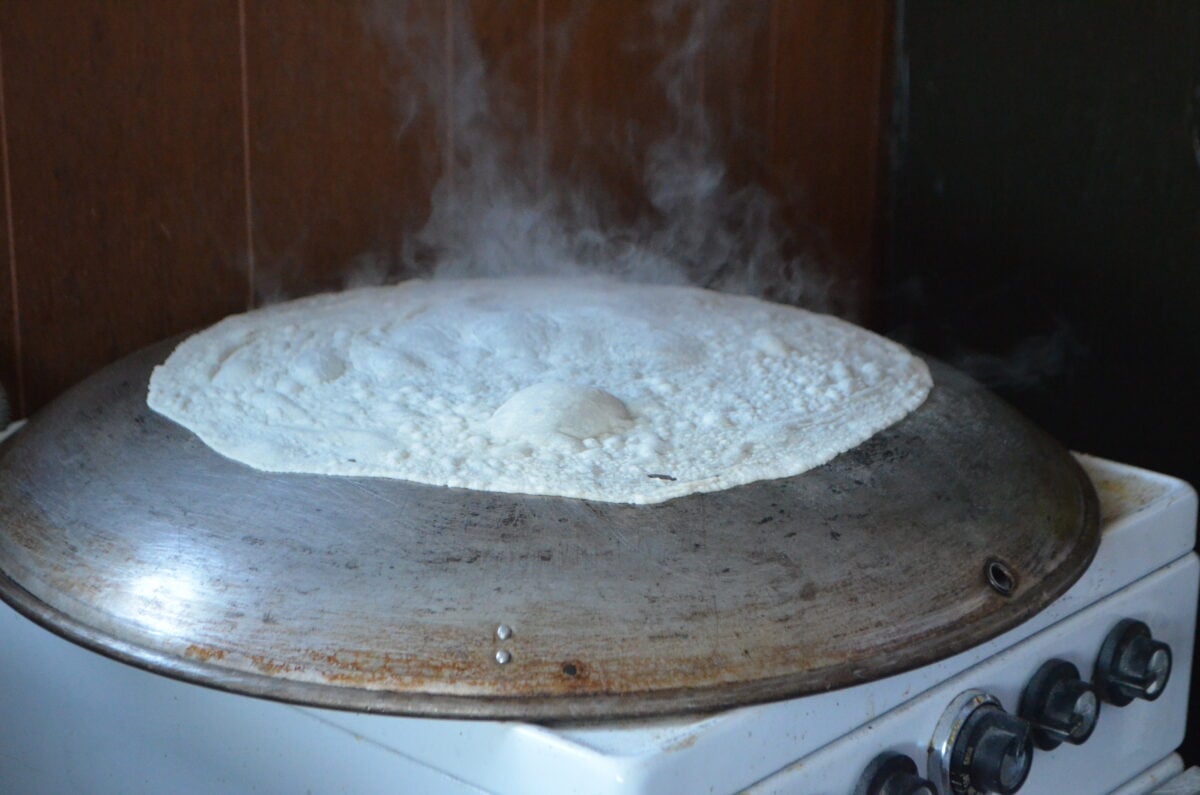
TO PURCHASE A SAJ
Call (no web site) and ask about getting a saj shipped to you from Dearborn!
Kitchenware Shop313-581-8688
Saj baking equipment
Saj dome ovens hold a significant place in Middle Eastern cuisine, and Lebanese cuisine in particular, intertwined with the region’s rich history and cultural significance. Saj bread is the recipe that anchored my deep desire to write my cookbook, Lebanese Baking. I was intent on ensuring that the home baking of this bread that my grandmother, my Sitto, baked would not become extinct as the generations before us go.
This distinctive cooking tool and the breads baked on it have been around since ancient times. I bought my first saj when I traveled to Lebanon years ago, my first trip there. I had not seen a saj in person before that trip! Sitto baked her bread not on a saj but on a flat baking steel in the oven. There are a few cooking methods for this bread: on the saj, in the oven on a baking steel, on a pizza stone, or stovetop on an overturned smooth wok dome.
But I had watched countless videos on the making of saj bread on the dome oven, and wanted to experience that method first hand, at home.
From there I found myself purchasing saj ovens back in the U.S., in Dearborn, just down the way from where I live in Michigan.
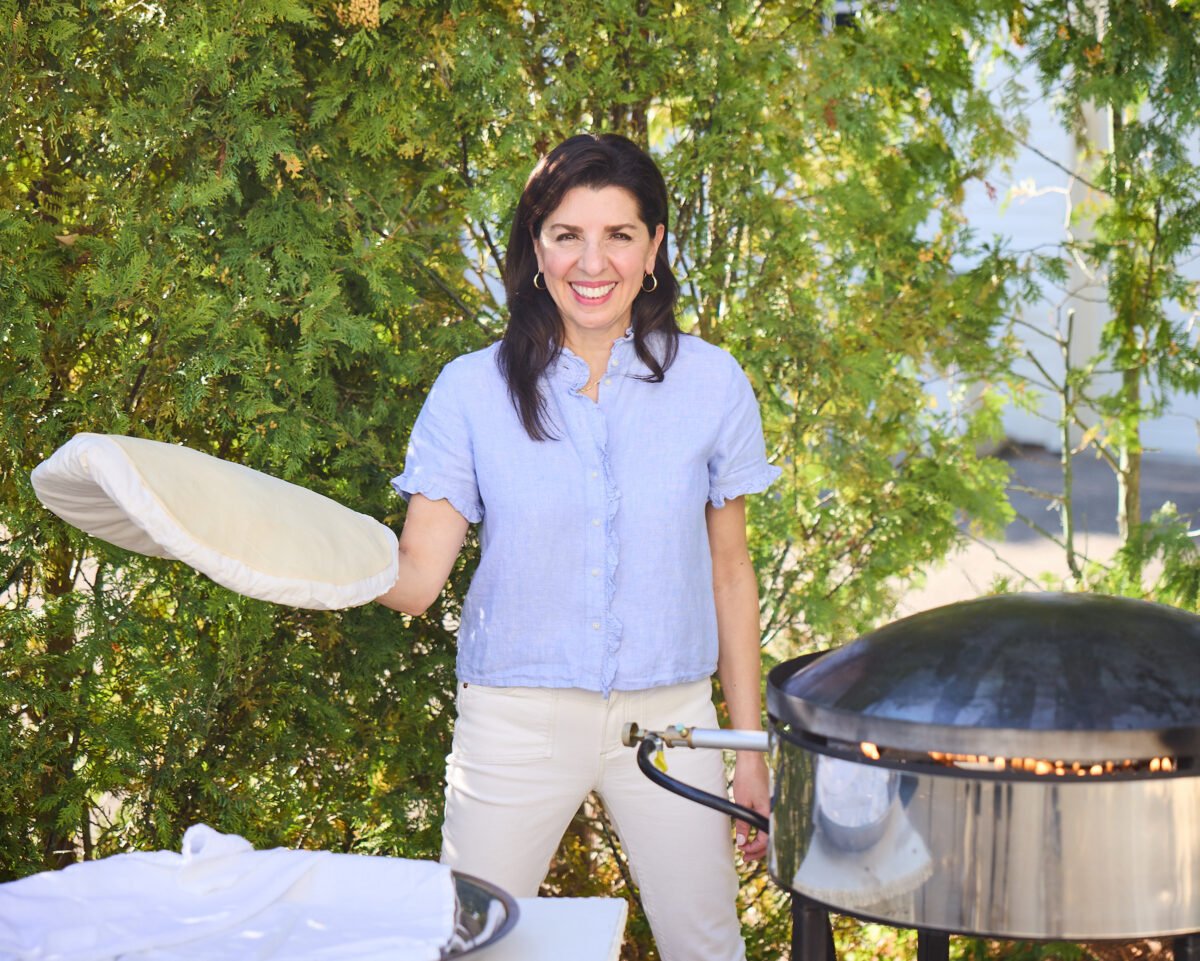
The Saj: Definition and Usage
A Saj is a convex metal griddle, traditionally used for baking flatbreads, often called markook shrek (markouk), khubz ruqaq and khubz rqeeq. In my family, the bread has always been called as Syrian bread.
The making of Saj bread involves a unique baking technique where thin dough is shaped by hand and then laid on a round pillow called a kara. The dough gets another stretch around the edges here. The griddle is typically heated over natural gas, though in rural villages, it may be heated by wood fires.
The kara is used to transfer the thin, large dough to the hot saj griddle. The kara is swiftly overturned onto the griddle (or baking steel in the oven). It is pulled away leaving the dough behind. The dough quickly bakes into a flatbread with small browned bubbles. The Saj’s convex shape allows the large, thin dough to cook evenly.
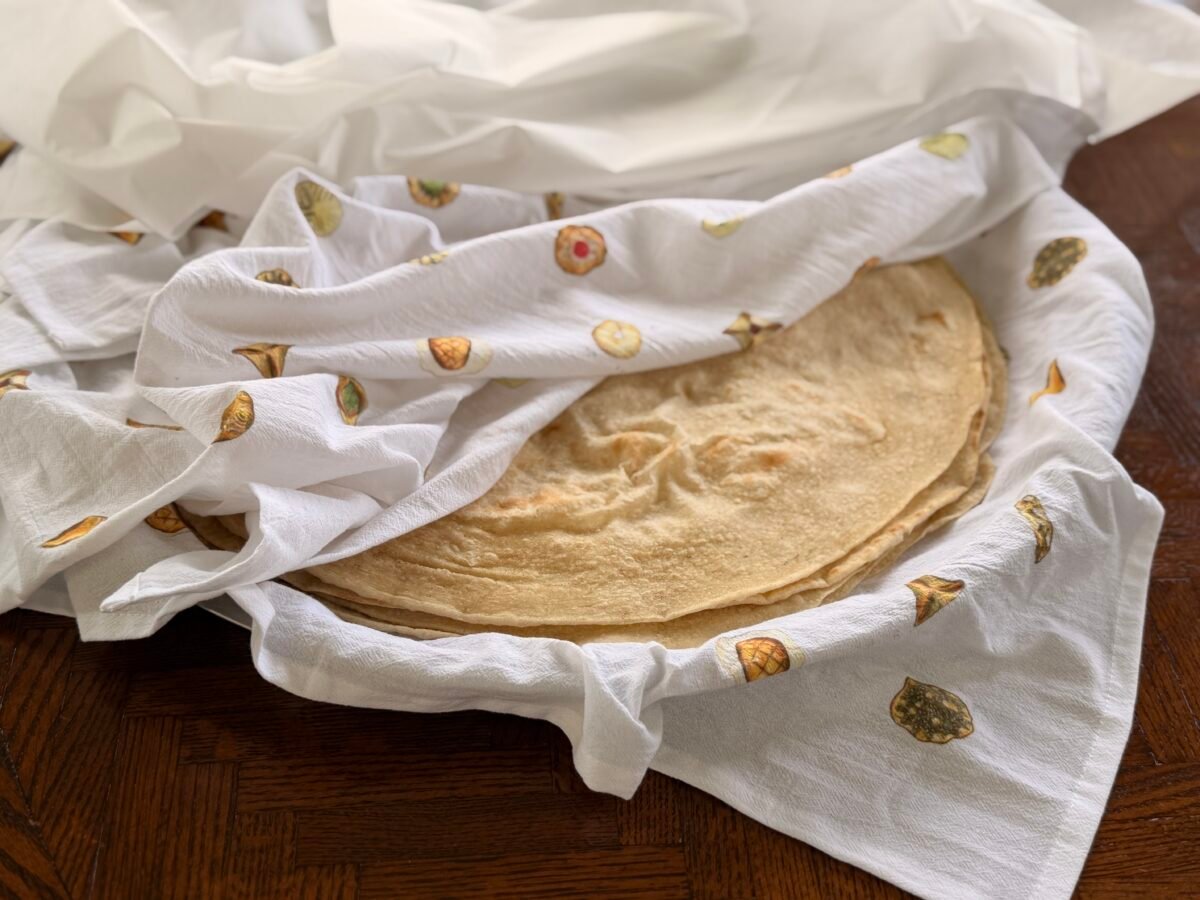
Ingredients and Preparation
Find the full recipe and methods for baking on a saj dome, stovetop, or in the oven in my cookbook, Lebanese Baking.
The dough used in Saj bread is often made from whole wheat flour, though my recipe calls for all-purpose flour. It blends with simple ingredients like warm water, olive oil or neutral oil, and salt (table salt, coarse salt, or fine sea salt all work fine). These make a soft dough. The type of flour used, and the coating during the shaping process, such as semolina flour, greatly influence the flavor and texture.
The dough, once mixed and kneaded in a large bowl or with a stand mixer, rises in bulk. It is then divided into small balls for a second rise. I like to cover each dough ball lightly with oil and then with plastic wrap so that it doesn’t form a skin. It rises for about an hour. Each ball of dough is then flattened into thin sheets of bread using a rolling pin or by tossing the dough between the hands. I use a combination of the two approaches. In bakeries, the dough runs through a sheeter, creating a very thin and even flattened dough.
Once the bread is baked, it is set on a pan lined with a bread towel both above and below the bread. A light mist of water on the baked bread helps it to soften. Each loaf lays on the last, receives a mist of water, and is tightly covered with the bread towel. Then, over top, a plastic sheet (such as a thin garbage bag). This layer helps hold in the steam and further soften the bread. The soft bread folds in quarters before tucking into a plastic freezer bag.
Varieties and Cultural Significance
Saj bread comes in various forms and names depending on the slight differences in preparation and region. In Levantine cuisine, you commonly find it paired with local specialties. You may find the bread accompanying dips such as hummus, labneh, and baba ghanoush as part of a mezze platter, as a dipper in za’atar and olive oil, or as a wrap for chicken shawarma. Saj bread’s role as a kind of eating utensil in and of itself underscores its fundamental place in Middle Eastern dining experience.
In my family, the bread is so special that we can’t keep it on hand! We eat it up so quickly!! But saj bread freezes perfectly. I always fold, pack in freezer bags (plastic wrap is not protective enough) and freeze my bread the same day I bake it. This ensures peak freshness. Each loaf softens and thaws very quickly, making it even easier to pull one out whenever you need it.

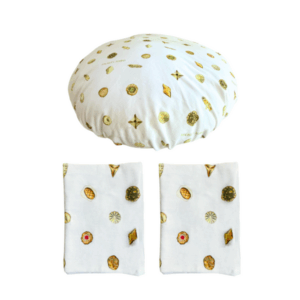
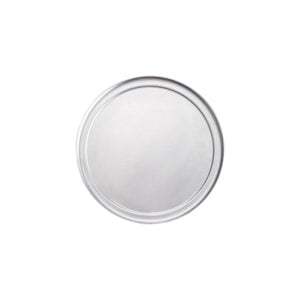
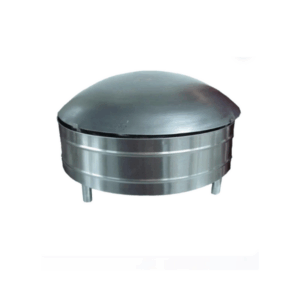

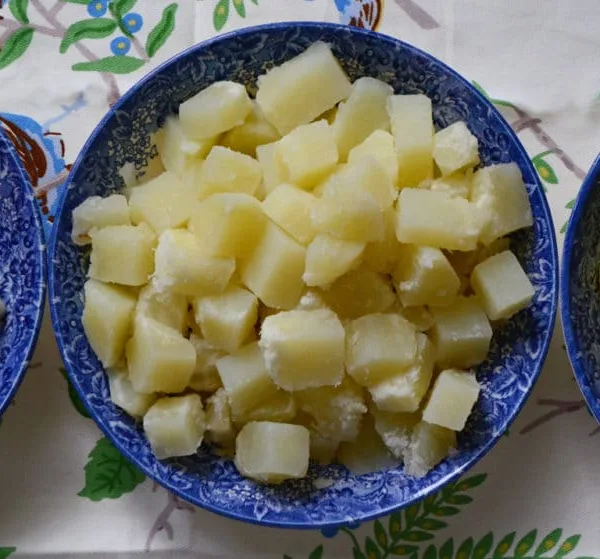
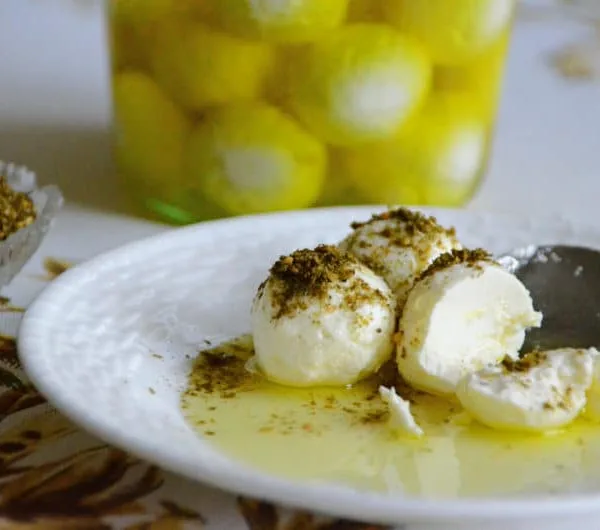
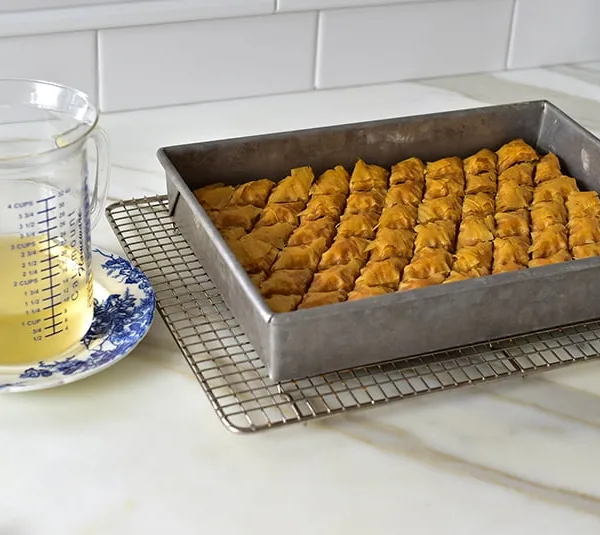







Hello Maureen,
I’m a longtime fan of your work and your website. My mother was Lebanese, and I grew up surrounded by Lebanese cooking at my grandmother’s, my aunts’ and uncles’ homes, and at our Orthodox church. Those flavors and memories mean so much to me.
This holiday season, I’m planning to make flatbread with my grown children, and we’re all really looking forward to it. We have a Middle Eastern bakery here in Phoenix, but their bread just doesn’t compare to my grandmother’s. I’m hoping your recipe will help me recreate that wonderful taste and texture.
I’ve ordered all the supplies except the Saj oven, since I’m hoping to use my electric oven or set a saj pan over my outdoor gas burners. I did notice that many saj pans available for purchase are quite flat rather than domed like the one in your photo. My question is: will these flatter saj pans still work, and do you think I’ll have good results using an electric oven or an inverted pan over gas burners?
PS: I have 3 of your newest cookbooks to give as gifts – one for myself, of course!
Pam this is fantastic, thank you so very much for your wonderful comments. I am thrilled to hear you’re baking saj bread! I prefer a baking steel in the base of a very hot oven, or the traditional large saj iron dome with gas burner underneath.
My Jidu and Tita always called saj, Syrian bread, like your family. We also would say we are going to the Syrian store. Tita and my great aunt also made it in the oven. We would get a piece and either filled it with butter alone or along with peanut butter. Of course labne and hummus was a must too. I hope to learn to make it soon.
Mmm beautiful!
So the recipe is only in the book?
Hello Father John–yes, the recipe is only in my new book at this time. It provides three different methods for baking saj bread and lots of process photos showing how to.